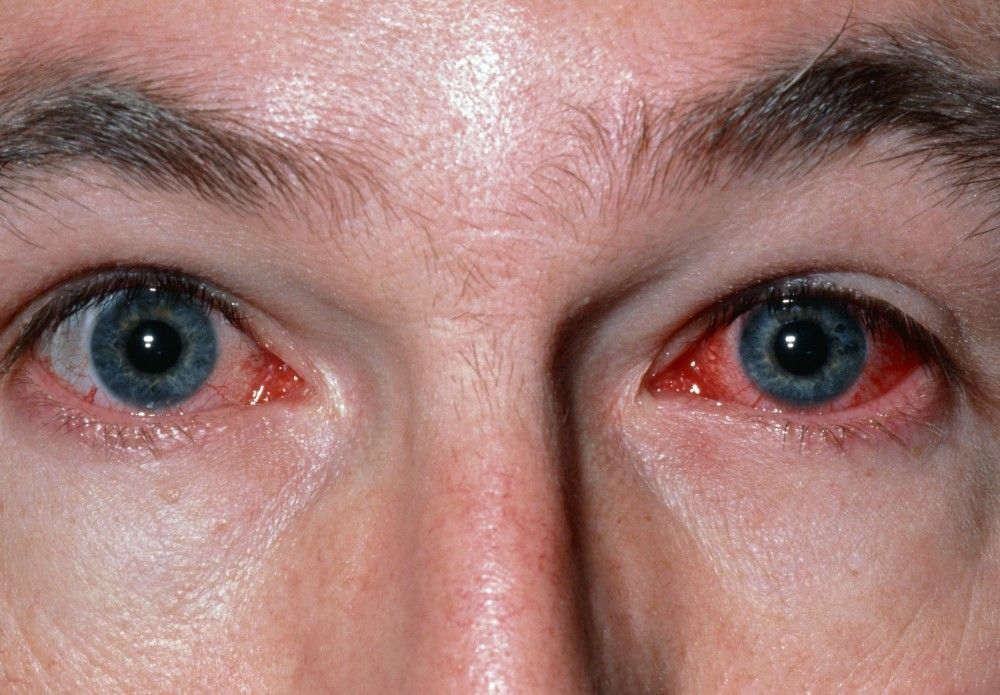 |
| Taken From Google |
Introduction
Conjunctivitis, commonly known as pink eye, is an eye condition that affects millions of people worldwide. Although it is generally not a severe condition, it can cause discomfort and disrupt daily life. In this blog, we will explore what conjunctivitis is, its different types, causes, symptoms, and available treatments to help you understand and manage this eye condition effectively.
What is Conjunctivitis?
Conjunctivitis is the inflammation of the conjunctiva, the thin, transparent membrane that covers the white part of the eye and lines the inner surface of the eyelids. This inflammation can result from infections, allergies, or irritants, leading to various types of conjunctivitis.
Types of Conjunctivitis:
- Viral Conjunctivitis: This form of pink eye is typically caused by viral infections, often similar to those causing the common cold. It spreads easily from person to person and is highly contagious. Though uncomfortable, it usually clears up on its own within a week or two.
- Bacterial Conjunctivitis: Caused by bacteria, this type of conjunctivitis can be highly contagious and may result in more severe symptoms than viral conjunctivitis. It often requires antibiotic eye drops or ointments prescribed by a healthcare professional.
- Allergic Conjunctivitis: Triggered by allergens such as pollen, pet dander, or dust mites, allergic conjunctivitis is not contagious. It can be seasonal or perennial, depending on the allergens involved.
- Irritant Conjunctivitis: Exposure to irritants like smoke, chemicals, or foreign objects can cause this type of conjunctivitis. It is not contagious and usually resolves once the irritant is removed.
Common Symptoms:
- While the symptoms of conjunctivitis can vary based on its type, some typical signs include:
- Redness in the white part of the eye and inner eyelid.
- Watery or sticky discharge from the eye.
- Itching or a burning sensation in the eyes.
- Swollen eyelids.
- Sensitivity to light.
- Crusty eyelids, especially upon waking.
Prevention and Hygiene:
Since conjunctivitis can spread from person to person, practicing good hygiene can help prevent its transmission. Some essential preventive measures include:
- Frequent hand washing with soap and water.
- Avoiding touching or rubbing the eyes.
- Not sharing towels, pillows, or eye makeup with others.
- Disinfecting surfaces frequently, especially in shared spaces.
Treatment Options:
The treatment for conjunctivitis depends on its underlying cause. For viral conjunctivitis, no specific medication is typically required, and it resolves on its own. Bacterial conjunctivitis often requires antibiotic eye drops or ointments prescribed by a healthcare professional to clear the infection.
For allergic conjunctivitis, over-the-counter antihistamine eye drops can provide relief. Avoiding exposure to allergens is also crucial in managing this type of pink eye.
When to Seek Medical Attention:
While most cases of conjunctivitis are not serious, some situations warrant immediate medical attention. Seek medical help if:
- You experience severe eye pain or sensitivity to light.
- Your vision is affected.
- Symptoms persist or worsen after a few days.
- You have a weakened immune system or other health conditions that may complicate conjunctivitis.
Conclusion:
Conjunctivitis, or pink eye, is a common eye condition that can cause discomfort and inconvenience. Understanding its types, causes, and symptoms can help you manage the condition effectively. By practicing good hygiene and seeking medical attention when necessary, you can minimize the impact of conjunctivitis and protect your eye health. If you suspect you have conjunctivitis or experience persistent eye symptoms, it is best to consult an eye care professional for proper diagnosis and appropriate treatment.

0 Comments